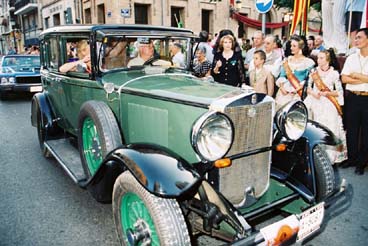

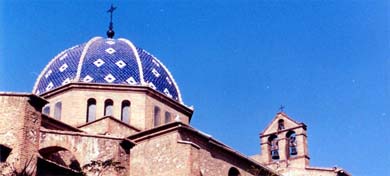
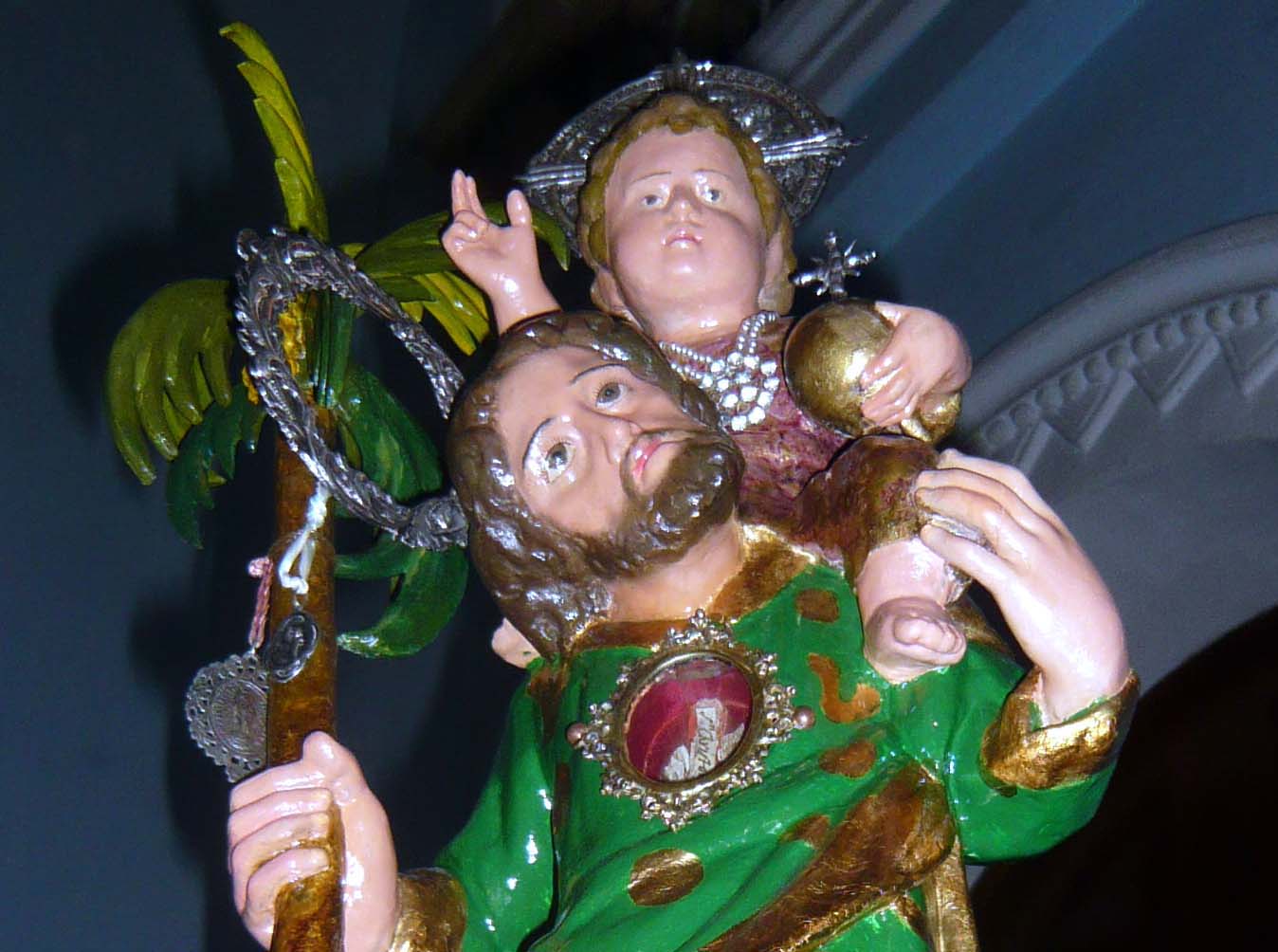
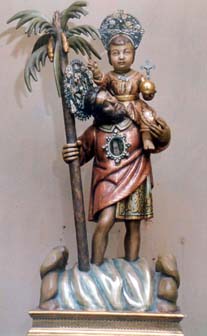
| ..CONTACT ..... |
TRINITY BRIDGE. Walking by Trinidad bridge we find a Saint Tomas de Villanueva and a Saint Luis Beltran, two sculptures that date of 1694 and 1693 respectively, work of the genovese artist Ponzanefli. They were put in San José bridge until 1906. In 1947 they were restored and were put on its new site.
TRINITY MONASTERY. Crossing the bridge, we can see in front of us, the most meaningful monuments of our neighbourhood. To the left hand, Trinity monastery belonging to the Trinitarios monks, this is the origin of its name, at present claustration Convent of Franciscanas clarisas. This Monastery was established in 1256 for the care of the nearby hospital of San Guillem. In 1445 Queen Dª María, whose remains rest in the cloister, erect a new building after substituting to the Trinitarios by the Franciscanas. the Gothic cloister and its church of the XVth century is emphasized by its beauty.
This last was totally covers, between 1695 and 1700, with the baroque decoration that we know today. The entrance door of the church corresponds to the Gothic and in its tympanum it is put a copy of an Italian ceramic of the XV century that symbolize the Virgin with the Child. The original is found in the Ceramics Museum of Valencia. In the interior of the church is venerated a table of Our Mrs. Refugio de pecadores.

FINE ARTS MUSEUM SAN PIO V. To the right hand, as we go into Alboraya street, we see the former San Pious V school for smaller priest. It was established by the Archbishop Rocaberti in a baroque style but of great austerity, it is disposed around an almost squared cloister. its round-plant church lost its dome in 1924, being reconstructed few years ago. Later, it was Military Hospital and from March 1946 it was a Fine Arts museum. It is one of the best galleries of Spain, where we can admire works of Velázquez, Goya... and of our more prestigious valencian painters as Sorolla or Benlliure. Nowaday it is being amplified and restored.
.jpg)
RETURN OF THE NIGHTINGALE. We will go for a walk by the streets of this neighbourhood and the last hundred years of its history. We will start at the Vuelta del Ruiseñor. It was called like this due to the trills of nightingales that it could be listen to while crossing this road, surrounded by some gardens plenty of this sweet singer fowl. It was a very picturesque zone by its houses of two plants that were decorated with some plants and some flowers. It were breathed a family atmosphere among its neighbours who joined in the light of the oil-lamps and they maintained long informal gatherings.
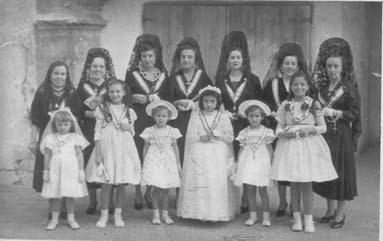
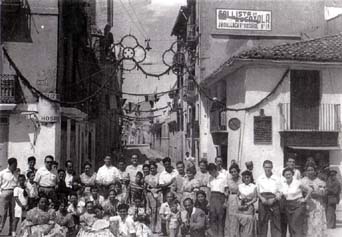
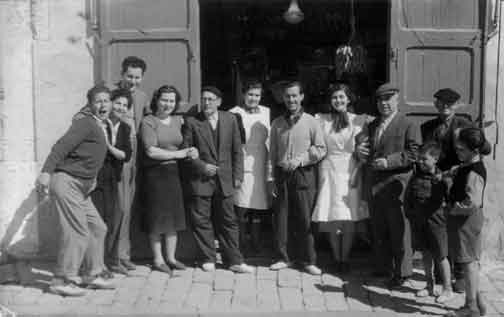
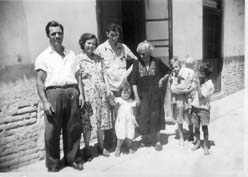
Many trades have disappeared leaving its place to others. Some of them are; the shoe store of D. José Ferrer, famous by its sandals and the photograph shop of Estanislao Vilaseca. Others have come giving colour to our streets as Machancoses furniture, Zaycu lighting, the pharmacy of D. Salvador Roig and Dª .Paloma Domínguez, the oven of the Carmen, the Almenar oven, the Click Bar or Noverques papers, all of them members of our neighborhood.
We continue promenading Alboraya street until the Pintor Vilar street, where we appreciate the lack of an ancient large doorway that it was demolished a few years ago. It had an interest more visual than artistic. There it exists a students Residence managed by the Obreras de la Cruz. The former Orchard of the Strawberries was located on the right of the street and looking over to Viveros. In 1925, the artistic Pottery of the Saguntina was installed here, company that closed its doors in 1967. Nowadays, on those lands located between the Pintor Vilar street and the Avila square it has been lifted several buildings.
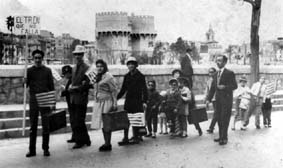


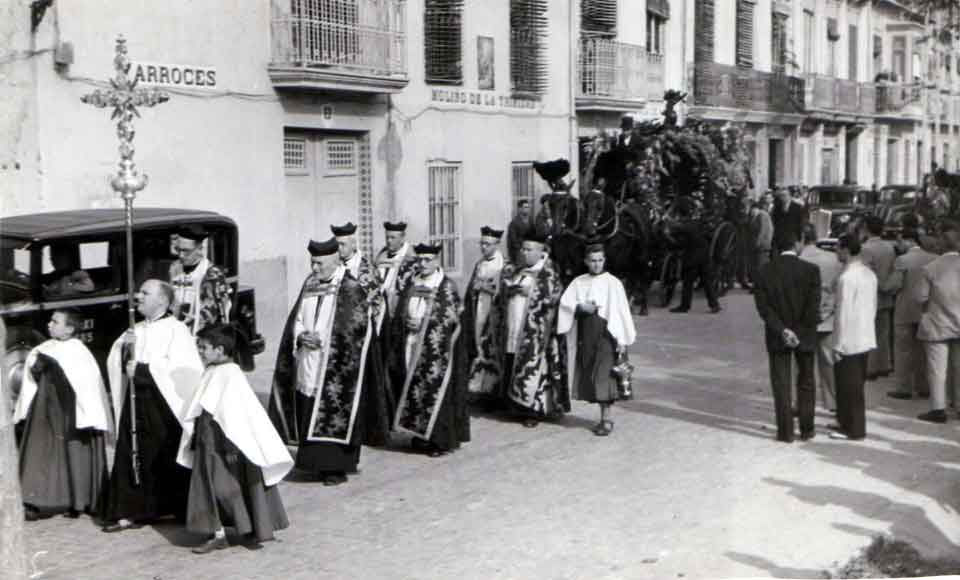
VALLEJO FIELD. In the other side of the Alboraya street, on Sunday 29th November of 1925, the benediction of Vallejo field took place, headquarters of the Gymnastic F.C., competing in the inaugural match against Saguntino football club, being the scoring six to zero for the Gymnastic F.C. Silvino Cervelló was the player who scored the first goal in the recently inaugurated field. Levante,F.C. , at the end of the season 67-68, descended to third Division, being added this to its bad economic situation. Finally Vallejo field was solded to a property company for an amount sufficiently high to settle its debts and to
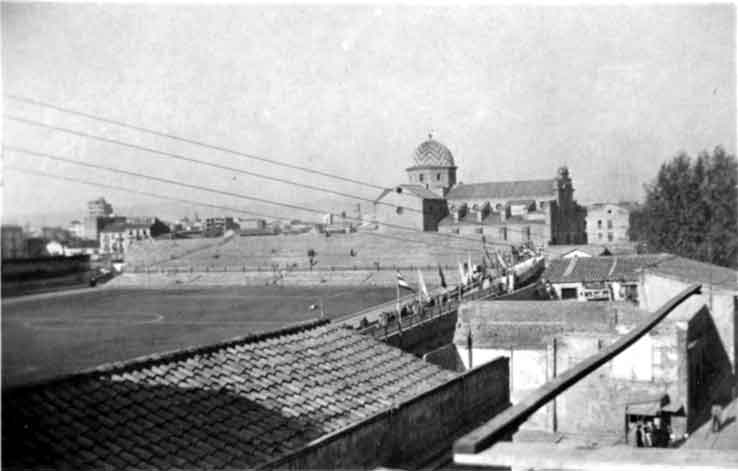
build a capable stadium to lodge 30.000 in Orriols area, nearby Alboraya. This is the way as the Vallejo field disappeared. At present, this place is plenty of new buildings.
.jpg)
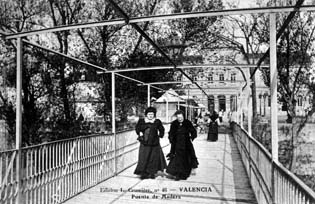
FUSTA BRIDGE. to complete with our stroll by the neighbourhood of the Trinidad, we will make a small review to the Fusta Bridge. Initially, it was made of iron and wooden planks, that is why is known as Pont de Fusta. It was destroyed by the flood of 1957, being rebuilt with concrete and iron base. This bridge allows many commuters, crossing it constantly, to lead the Estacioneta
As the reader will be able to prove, the Trinidad neighbourhood little has to do with that before the flood, even the inhabitants of the ancient neighbourhood are remained astonished of the transformation that Alboraya street and adjacent streets have had. They are a few, those businesses that still remain, many of them have been transformed by the successors and others, seeing the potential of the area, have been wanted to establish among us. The neighbourhood has all kind of commercial, financial, medical, religious services, teaching centers, household of the retired, places of leisure, etc. The neighbourhood is setted in a place of privilege next two large parks, Viveros and Turia gardens, being a modern and prosperous neighbourhood. Although is close to city centre, it has its own life, preserving and inculcating to the new inhabitants the flavour of the ancient customs.
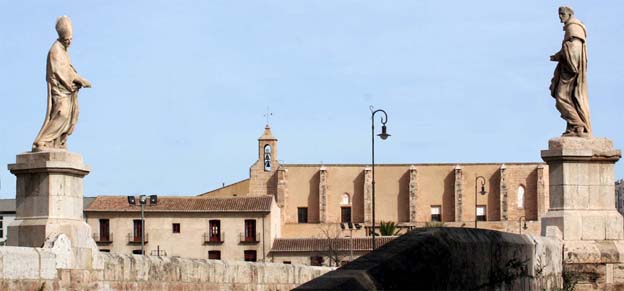
At the beginning of XIX century the housings kernel were concentrated around the convent and the backside of the museum. The Trinity neighbourhood was born there, between the Vuelta del Ruiseñor and the Corralot. http://www.cult.gva.es/mbav
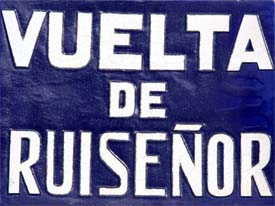
To the entry we could find the oven of the Trinidad. La Vuelta del Ruiseñor had a great variety of trades; the greengrocer of Catalina, the carpentry of Carmelo Casaña and Hernando Bosquet, the gold work workshop of Roman Fortea, the grocer's of Remedies, the wine shop of Chestana and so on. We can not let of naming the Orchard of D. Miguel Giner known also by "The Garden of San Michael".
We return our recollection to the Alboraya street, the center, without any doubt, of this neighbourhood. Until the end of the sixties, The Alboraya street was so narrow that only an oxcart could go in. With the town-planning reordering, many houses and trades disappeared.
PALACETE DE LOS TRENOR. Next to these trades it was found the garden belonging to the palacete of D. Leopoldo Trenor. This garden served of a school courtyard when this palacete become a school governed by the Marianistas nuns. With the amplification of the street, the garden disappeared remaining closed during many years until the mid nineties when it was reformed by the Generalitat and it was converted into an infantile cerebral palsy center.
COLEGIO PIO XII. In the corner Alboraya street to Poeta Bodría is found the Clegio Pio XII, former center of San José ecclesiastic vocations training, belonging to the priests Brotherhood of Operarios Diocesanos. This center was inaugurated, on 2nd February of 1901. Between the years 1932 and 1948 it was a Minor seminar to the service of the Diocese of Valencia, but it was always directed by the Operarios Diocesanos priests. Today, it is devoted to the teaching from 3 to 16 years.
MONASTERY OF SAINT CHRISTOPHER. It is at this point of our tour by the neighbourhood, at the beginning of the Poeta Bodria street, we find the claustration convent of the Canónigas Regulares Lateranenses of San Agustín, where is found the image of St. Christopher. This web is devoted to him.
ALBORAYA STREET. The Alboraya street has changed a lot in the last three decades. Its orchards, as that of Dº Pedro, of Gijón and its two-planted houses have become large buildings with a great commercial activity in its ground floors.
.jpg)
.jpg)
CHURCH AND CONVENT OF THE CARMEN. If we go on in Alboraya street we arrive to the Church and Convent of Our Mrs. of the Carmen, whose building ends date of the XIXth century. It temple was began to be built in 1887, being inaugurated in 1891. Two architects were responsible for the works; D. Manuel Giner and D. Joaquín M Belda. The decoration was made in neoclassical style and corinthian order. Also, the style of the facade is clasicist exhibiting in its principal niche, an image of Our Mrs. of the Carmen. Its dome made of glazed tiles worth a mention too.
In its interior it makes stand out the chapel of the Child Jesus of Prague. This image is work of Burgalat and dated in 1891. Its celebration take place with some religious and ludic acts, in the beginning of June. The celebration to Ntra. Sra. of the Carmen occurs every 16 th of July with the traditional procession that travels along the streets of the neighbourhood. These celebrations had a great brilliance in the fifties. It was not lacking in the warm days of July; firecrackers, processions, decorated balconies...
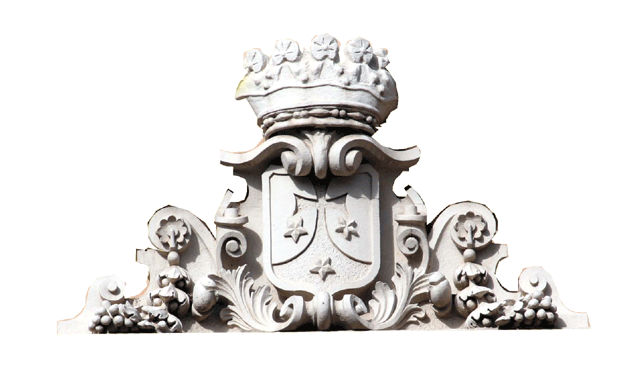
.jpg)
In 1931 an important fire sank the vault, being lost most of its original paintings. It was converted in Parish in December 1953, being the order decreed by the archbishop of Valencia Mr. Marcelino Olaechea. Just opposite we find the secondary teaching Institute Benlliure. This building was lifted in the former garden of the Capuchinos that has recently rebuilt.
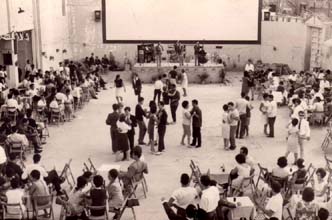
CONFRATERNITY OF St. CHRISTOPHER OF VALENCIA
|
||
|
||
NEIGHBORHOOD OF THE TRINITY |
||